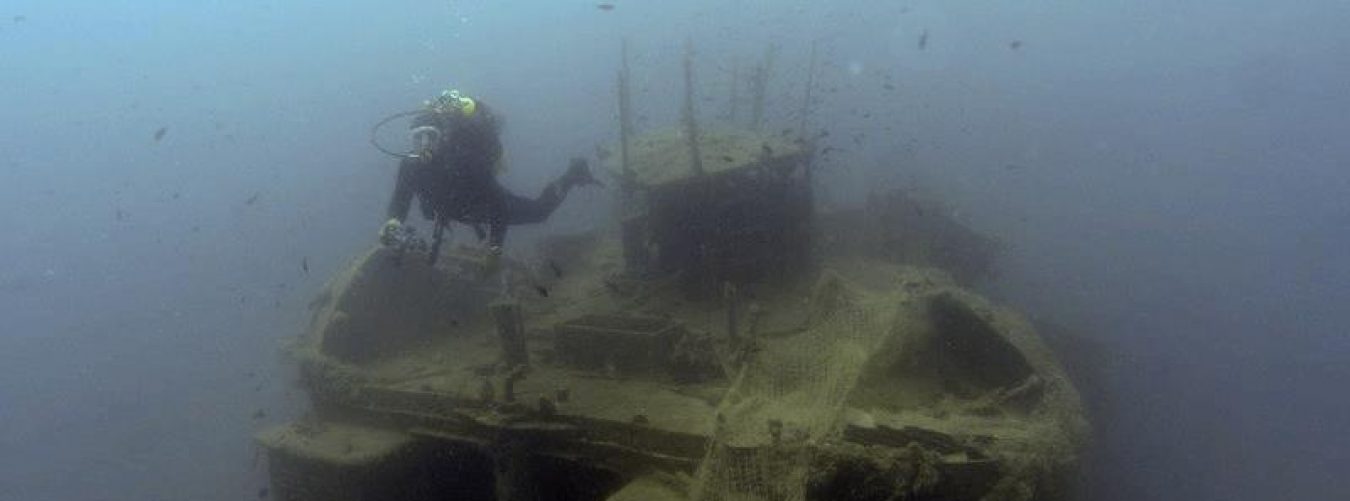Hello Everyone
Just wanted to relate a landmark decision that has profound significance for the maritime archaeological protection of shipwrecks in Haitian waters regarding the investigation of the possible remains of the “Santa Maria”. It’s a good day for maritime archaeology!
Michael Murray
From: http://www.haitilibre.com/article-11546-haiti-patrimoine-barry-clifford-n-est-plus-autorise-a-poursuivre-ses-fouilles-sous-marines-en-haiti.html
Haiti – Heritage: Barry Clifford is no longer allowed to continue its underwater excavations in Haiti
07/08/2014 11:07:14
 |
Monday at a press conference at the Musée du Panthéon National Haïtien (MUPANAH) Monique Rosann Minister of Culture gave an update on the “discovery” in May, a wreck off the north coast of Haiti by explorer Barry Clifford, better known as a professional treasure hunter, who says it is the remains of Santa Maria (ship Admiral Christophe the Government in this case is very cautious, the Minister said there was no certainty about the name of this wreck, which had also been located before Barry Clifford, through studies conducted between 1978 and 1985 by the University of Florida with permission from the Haitian government. The Minister said that following the request for technical assistance from the Government of Haiti to the Scientific Council of the UNESCO Convention, in a letter dated 12 June Scientific Committee of UNESCO has deemed non-compliant, proposed by Mr. Clifford to perform underwater excavations on alleged remains of the Santa Maria and the proposed method in this work team was not qualified. Following UNESCO recommendations, the Government of Haiti rejects the proposal Explorer and authorizes more to continue its underwater excavations. Moreover, the Minister rejected the state of emergency invoked by Barry Clifford , claiming that the wreck was protected by several meters of sediment and showed no risk that justifies immediate excavation. Responding to the request of the Haitian government, UNESCO will provide technical assistance and should send in August a team expert, who will study in depth the wreck.
